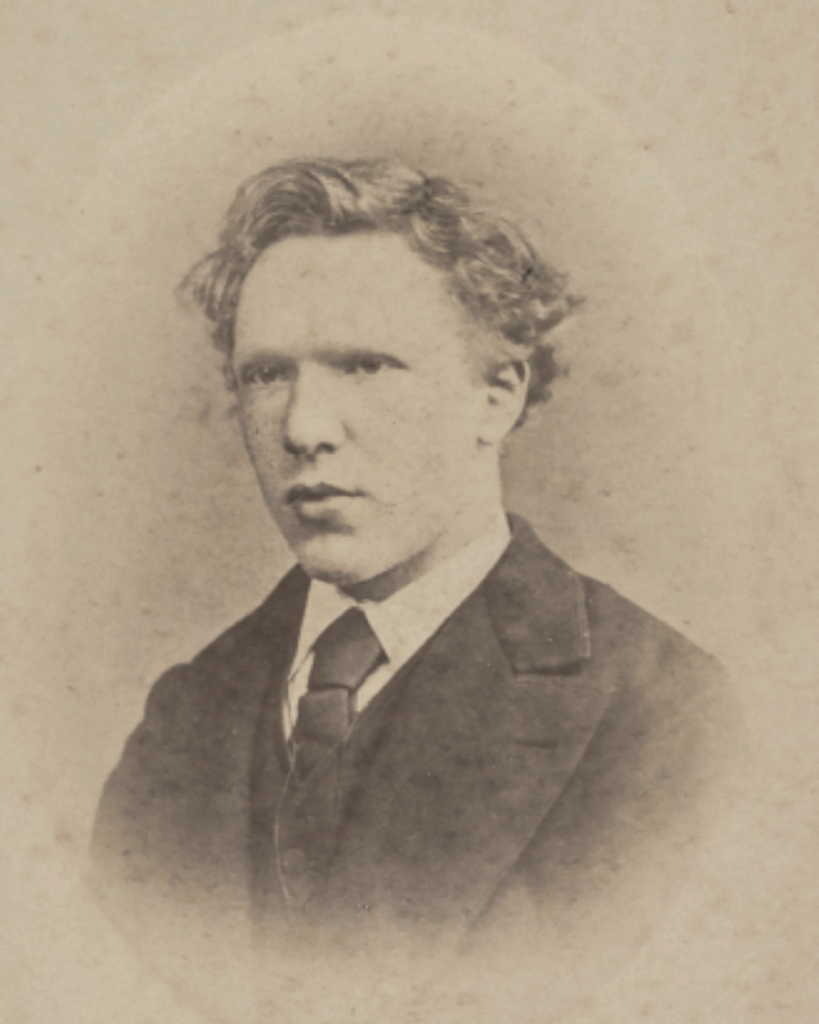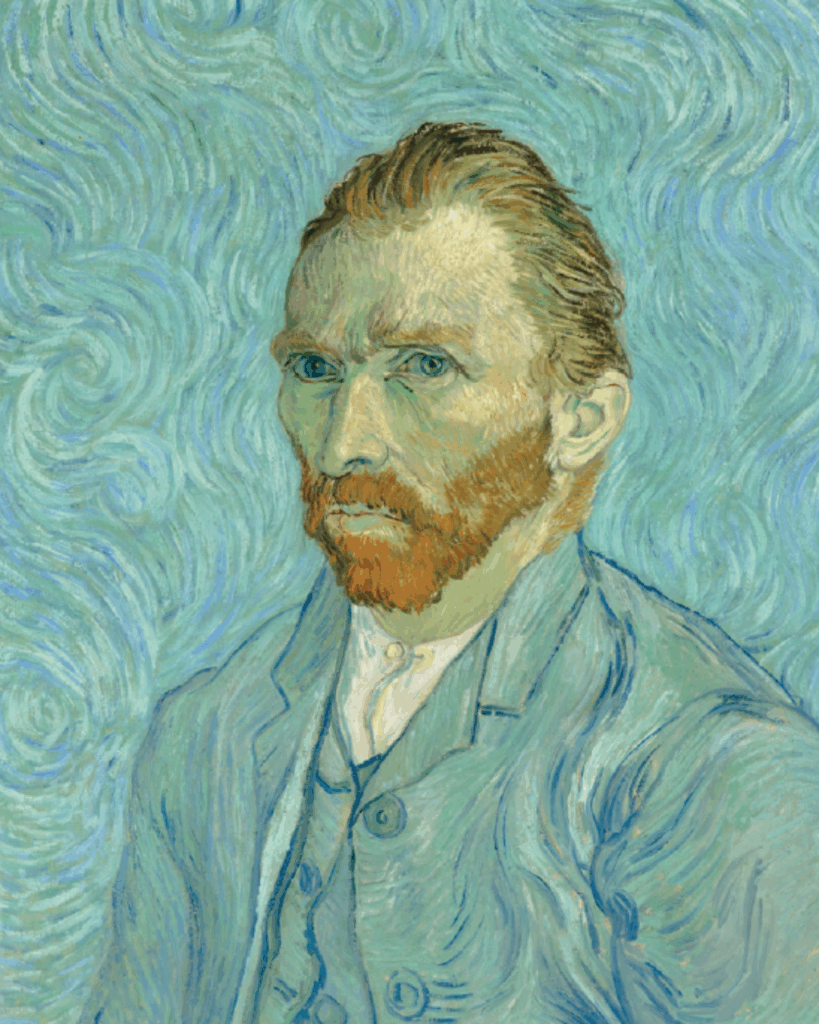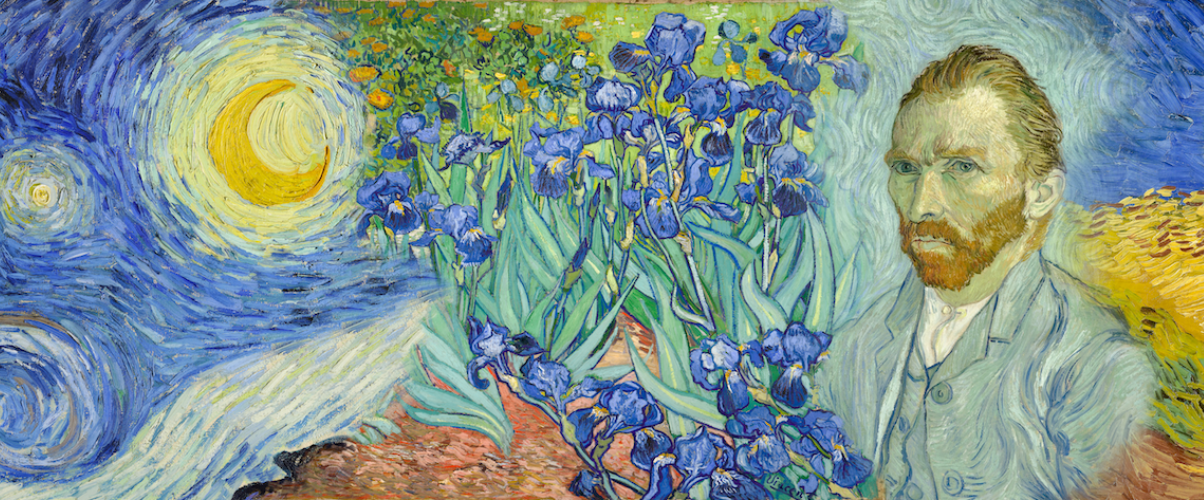“Many years passed before Vincent was recognized as a painter; now people can become acquainted with him and understand him as a man. May the letters be read with reverence.” — Jo van Gogh-Bonger
Vincent Willem van Gogh was born on March 30, 1853, in Zundert, a small agricultural town in the Netherlands. The son of a Protestant pastor, he left school at 16 to work in an art dealership, where he developed a lasting passion for painting, particularly the works of Jean-François Millet and the Barbizon School. After a series of fits and starts in his early twenties, including a stint as an evangelical missionary, he became an artist at 27.
Influenced by nineteenth-century Impressionism and Post-Impressionism, including Monet, Pissarro and Gauguin, he found his true calling. In just ten years, he produced over 2,000 works, including 930 oils, yet he only sold a single painting during his lifetime. Today his artworks sell for millions worldwide, a testament to the lasting impact of his vision.

dalí & van gogh
Although Salvador Dalí and Vincent van Gogh painted in very different styles, both sought to reveal a reality beyond the visible world. Van Gogh’s swirling skies, like those in Starry Night, foretell the visionary energy of Dalí’s dreamlike landscapes. Both were influenced by Impressionism—Van Gogh with expressive brushwork, Dalí in early coastal scenes using short, unmixed strokes—and both transformed landscapes with inventive technique.
In Diary of a Genius, Dalí wrote provocatively: “Van Gogh cut off his ear; before cutting off yours, read this book.” Though they never met, Dalí felt an imaginative kinship with Van Gogh, invoking him symbolically in painting and prose. Van Gogh became a spectral yet personal presence, representing the tormented artist as a mirror for Dalí’s evolving identity. Dalí embraced the role of the “madman” of modern art, famously claiming, “The only difference between myself and a madman is that I am not mad.”
Both artists found inspiration in the work of Jean-François Millet, though in strikingly different ways. For Van Gogh, Millet honored the dignity of peasants and laborers. For Dalí, Millet’s The Angelus became a source of psychological mystery, inspiring dozens of interpretations.
The two artists also shared a curious biographical parallel: each had an older brother who died before they were born, and both were given the same name. Growing up with a gravestone that bore his own name left a lasting mark on both artists, a shadow of loss Dalí revisited in Portrait of My Dead Brother (1963).


Learn more about Van Gogh Alive 360° in The Dalí Dome here.
Learn more about the works featured in Van Gogh Alive 360° here.
Learn more about the music in Van Gogh Alive 360° here.
